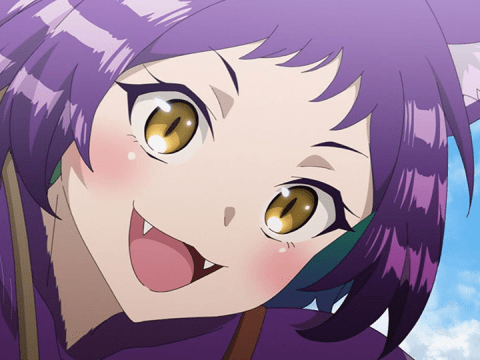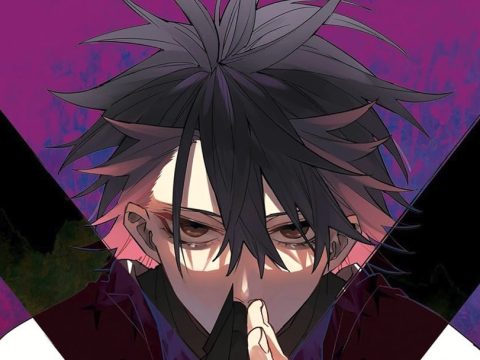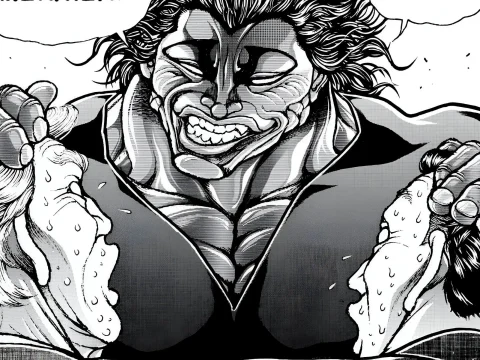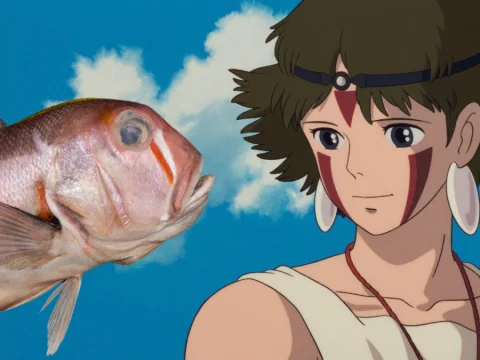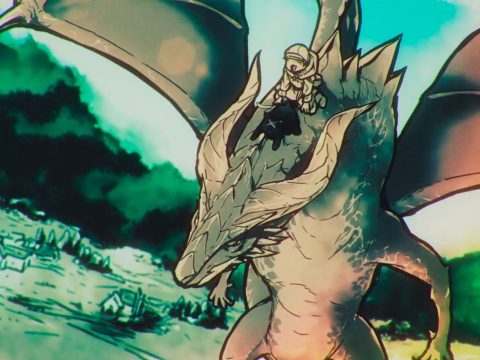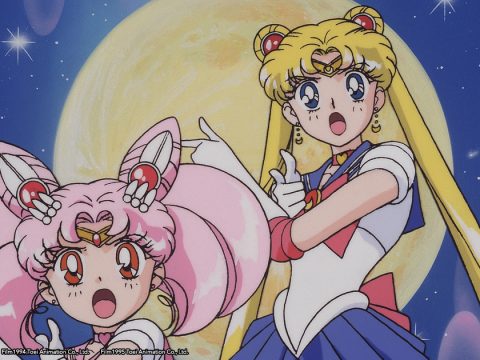
As Psycho Busters‘ story picks back up, the still powerless Kakeru is learning to live with the other psychics in one household. Both mild sexual tension and the nervousness that comes along with living in the vicinity of such powerful people provide a tough route toward adapting, but he makes do with the budding friendships around him, and the notion that they’re all in it together in the inevitable battle against their pursuers.
 Things heat up a few notches in one of the major events of the second volume, when the dormant Jôi finally awakens from his psychic pseudo-hibernation. His power is key to the story, as it involves looking deep into the future, or at least the most likely of a handful of potential futures. When first displaying his ability, he lets everyone in on the most disturbing of visions: the end of the world. Perhaps even more unsettling is the fact that Kakeru is smack dab in the middle of it all, slumping hopelessly after an apparent failure to stop the catastrophe.
Things heat up a few notches in one of the major events of the second volume, when the dormant Jôi finally awakens from his psychic pseudo-hibernation. His power is key to the story, as it involves looking deep into the future, or at least the most likely of a handful of potential futures. When first displaying his ability, he lets everyone in on the most disturbing of visions: the end of the world. Perhaps even more unsettling is the fact that Kakeru is smack dab in the middle of it all, slumping hopelessly after an apparent failure to stop the catastrophe.
How can he be involved if he’s not a psychic, though? Well, his thoughts on his own powers—or the lack thereof—change once he begins to awaken dormant strength, as does his life once he returns to school with his new entourage in tow. Being around a bunch of bishonen sure helps in the attention department, even if Kakeru feels more than a little out of place hanging out with the new “cool•bCrLf transfer students.
“Out of place•bCrLf is a decent description for some of Psycho Busters‘ content, as well. It sort of precariously straddles the line between an average kids book and young adult fare, bridging a dash of adventurous innocence with the occasionally brutally violent slayings of both enemies and friends alike. It’s not exactly jarring or inappropriate, just kind of schizophrenic in its tone.
 Akinari Nao’s artwork is decent throughout the series, and works best when showcasing the action scenes in a cohesive way that allows for minimal confusion. What holds the series back from being more than average is the premise itself. Now I love psychics and all, but Busters further illustrates that the subject matter can tend to be somewhat of a dead end. Aoki makes up for the well-tread ground as much as humanly possibly by spicing up the specifics of each character’s abilities, and more than likely hits the series high note when pitting our ragtag band of heroes against a group of towering Cyclops near the end of volume three.
Akinari Nao’s artwork is decent throughout the series, and works best when showcasing the action scenes in a cohesive way that allows for minimal confusion. What holds the series back from being more than average is the premise itself. Now I love psychics and all, but Busters further illustrates that the subject matter can tend to be somewhat of a dead end. Aoki makes up for the well-tread ground as much as humanly possibly by spicing up the specifics of each character’s abilities, and more than likely hits the series high note when pitting our ragtag band of heroes against a group of towering Cyclops near the end of volume three.
These two volumes work pretty hard to flesh out the characters a bit more, so something more substantial might click when the next one comes out. If the fourth volume of Psycho Busters can figure out a few more ways to make the concept more intriguing, then it might be worth finishing up. It’s not a very long series, though, so if the first volume didn’t suck you in, you’re probably dead in the water on this one.
Author: Yuya Aoki
Illustrator: Akinari Nao
Publisher: Del Rey


